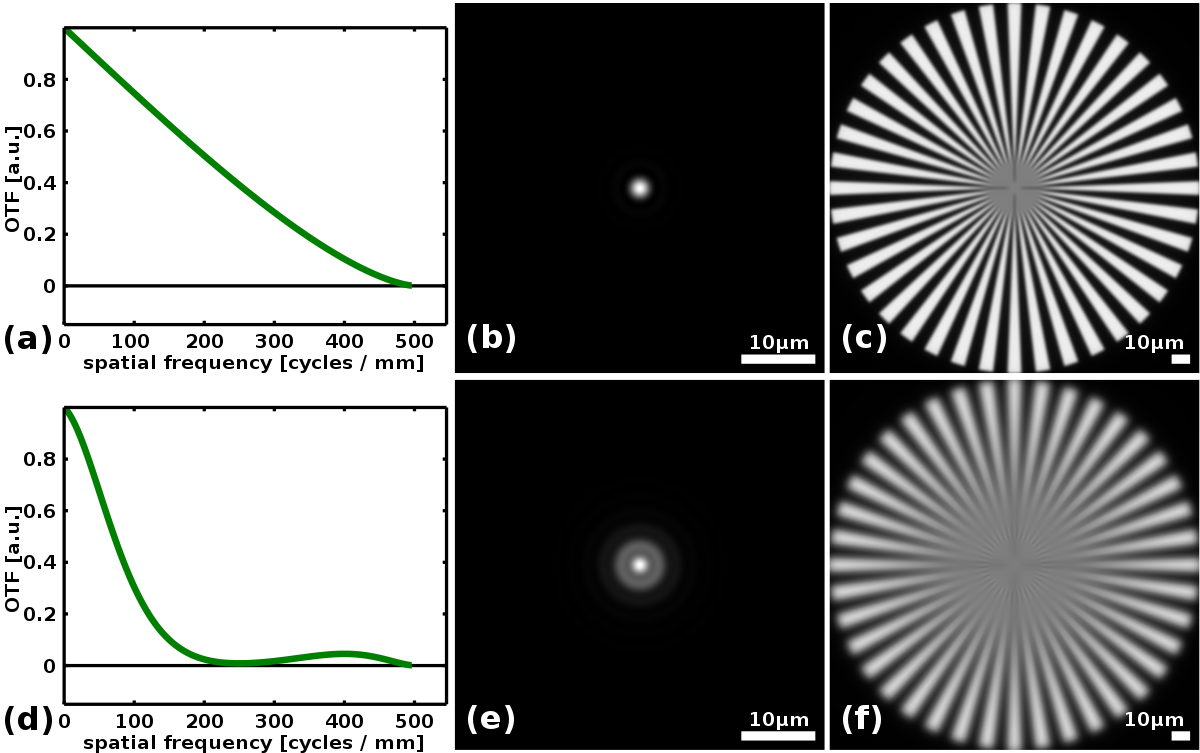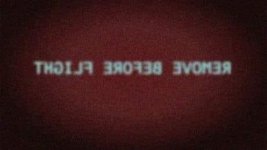lpetrich
Contributor
For updates, check on NASA Webb Telescope (@NASAWebb) / Twitter and also NASA (@NASA) / Twitter
Live Coverage of the James Webb Space Telescope Mission | NASA also has some updates.
Live Coverage of the James Webb Space Telescope Mission | NASA also has some updates.
Solar Array Deployed
At approximately 30 minutes after launch, Webb’s solar array began to open up. It is now fully deployed and we have confirmed that the spacecraft is power positive
Webb Is On Its Way!
The James Webb Space Telescope is safely in space, powered on and communicating with ground controllers. Webb continues in coast phase, and is now oriented correctly with respect to the Sun. The six reaction wheels of the spacecraft’s attitude control system have been powered on, and they are now responsible for keeping the spacecraft pointing …



